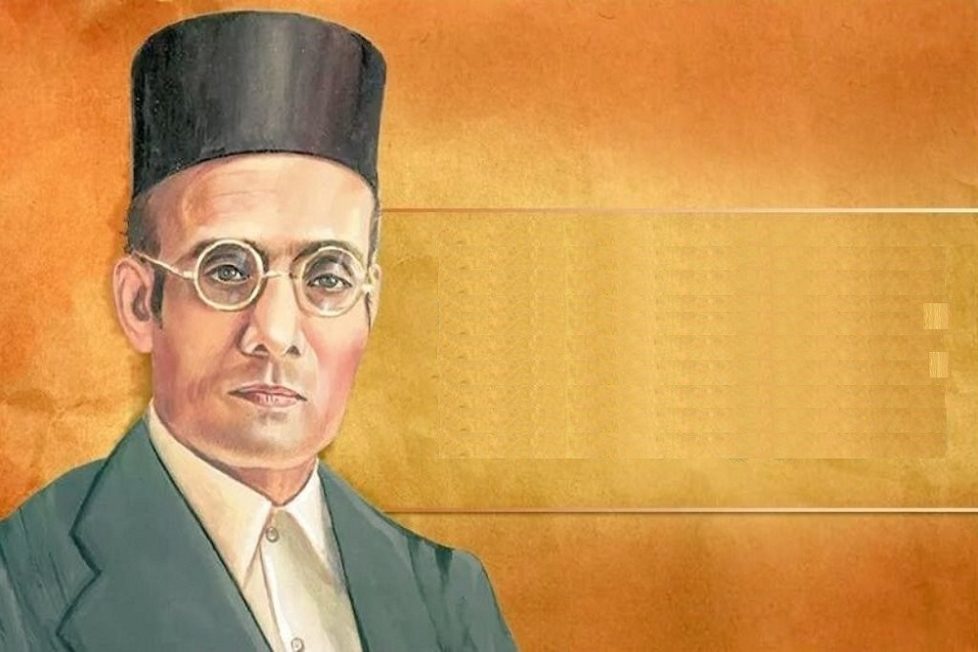Veer Savarkar listed seven restrictions that are a curse on Hindu society


In his 92-page biography of Savarkar written under the pen name “Chitragupta” in 1924, Sadashiva Rajaram Ranade frequently referred to Savarkar as “brave,” and Savarkar later used the phrase himself in a biography he wrote about himself in 1926.
While detained at Ratnagiri in 1922, Savarkar created the Hindu nationalist political theory known as Hindutva. He held a prominent position in the Hindu Mahasabha.
Savarkar identified seven restrictions that bound Hindu society. Savarkar’s opposition to casteism is unmistakable, whereas Gandhi was at best vague until the 1940s when he began to transform. Read on to learn how the myth that “Hindutva” is “Brahminical” is totally at odds with the facts.
7 chains restraining Hindus were-
Vedoktabandi- No Vedas
Vedoktabandi Savarkar was certain that access to Vedic wisdom should not be limited based on anything, least of all caste. Let anyone who is capable, disciplined, and motivated learn it does so.
Vyavasaay Bandi- Forced profession
A person should be allowed to pick their job depending on their merits, talents, and nature, according to Savarkar. “Hereditary occupation for upholding societal order cannot be shaken,” Gandhi remarked in 1922.
Sprashbandi- Untouchability
Sparchbandi that is Untouchability is a sin, according to Savarkar. Compare this to Gandhi, who is 1935, during a dispute over the use of common schools in the Gujarati village of Kavita, recommended the Shudras leave in order to maintain peace.
Samudrabandi- No overseas travel
Due to this, Bharat remained behind when exploration began in Europe. This thought should have never occurred to a nation like Bharat, which has a long history of maritime commerce and whose emperors, like Rajendra Chola, despatched warships as far as Malaysia.
Shuddibandi- No conversion
Savarkar understood that demographics determine the fate and that survival is impossible without “Ghar wapsi.” Consider Gandhi, who used political influence to have the greatest Shuddhikaran swami Shraddhanand murdered. He also referred to his killer as a brother.
Rotibandi- No intercaste dining
While Gandhi made his son Devdas wait five years before marrying Lakshmi, a Brahmin woman, Savarkar was a strong proponent of inter-caste feasts and unions. Fortunately, Gandhi altered his mind about caste in the 1940s.
Betibandi- No intercaste marriage
It means that if a Hindu selects a spouse from another caste and possesses good traits like love, character, and the ability to have healthy offspring, then such an alliance should not be punished.
Contrary to what colonial imperialists and their Indian goons claim, Hindutva has actually been the most powerful opponent of casteism. After 2014, we had presidents who were OBC, Dalit, and Adivasi.
DISCLAIMER: The author is solely responsible for the views expressed in this article. The author carries the responsibility for citing and/or licensing of images utilized within the text.
